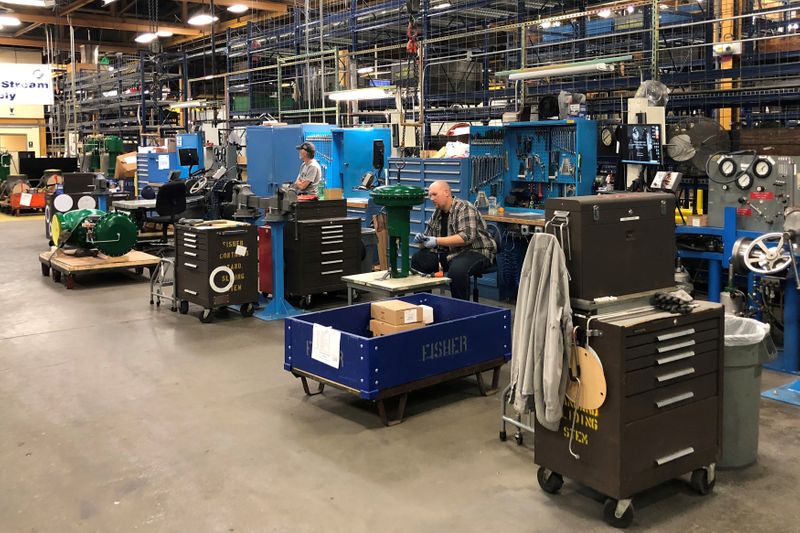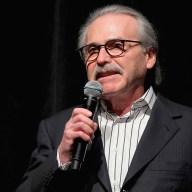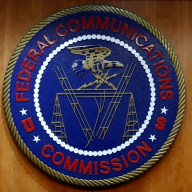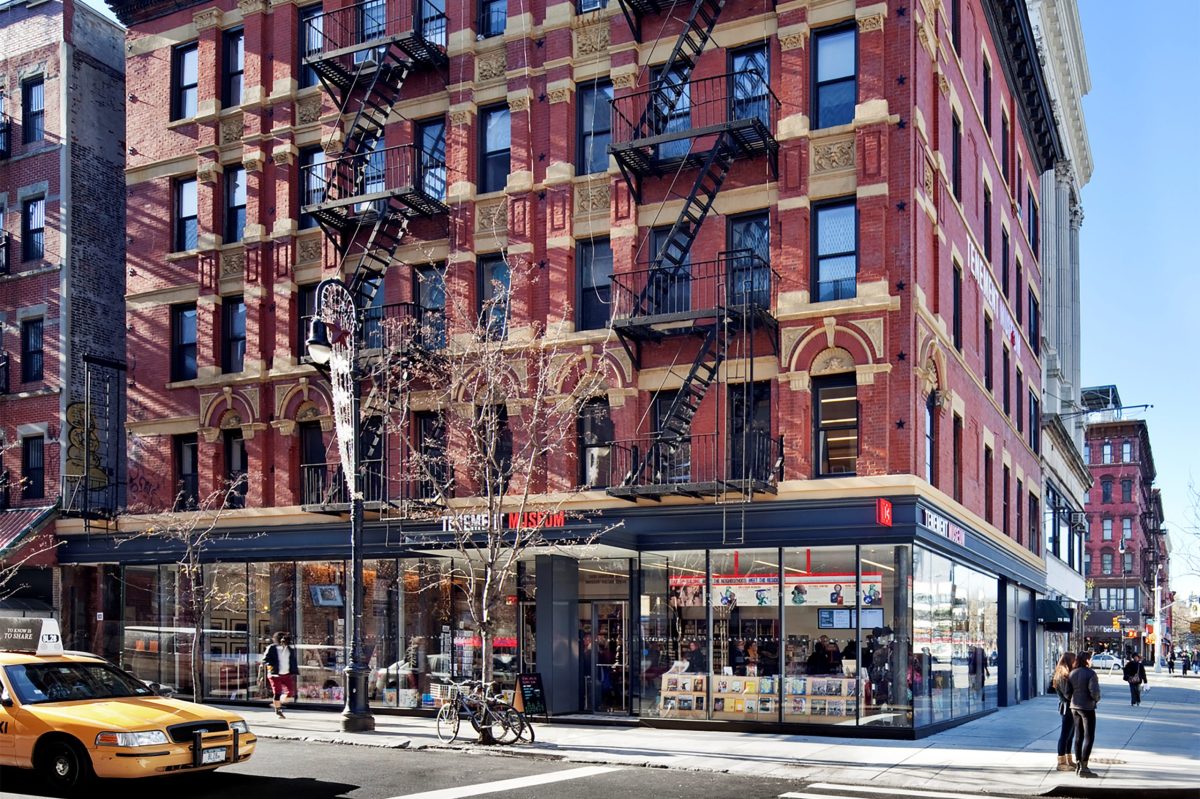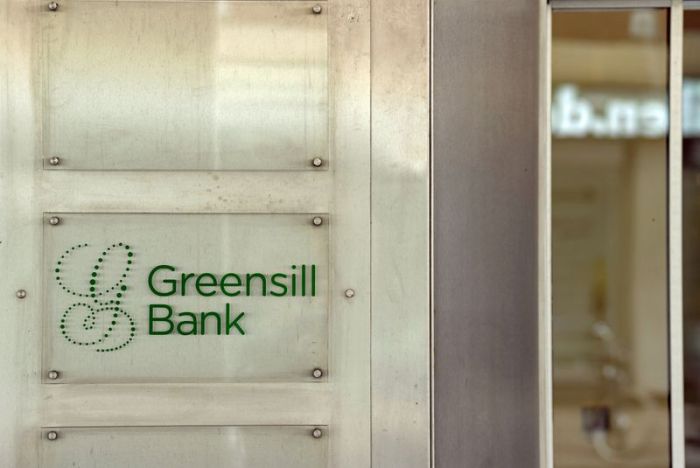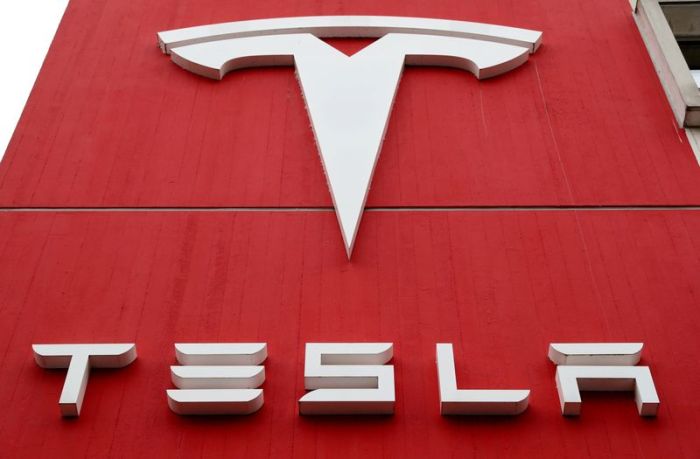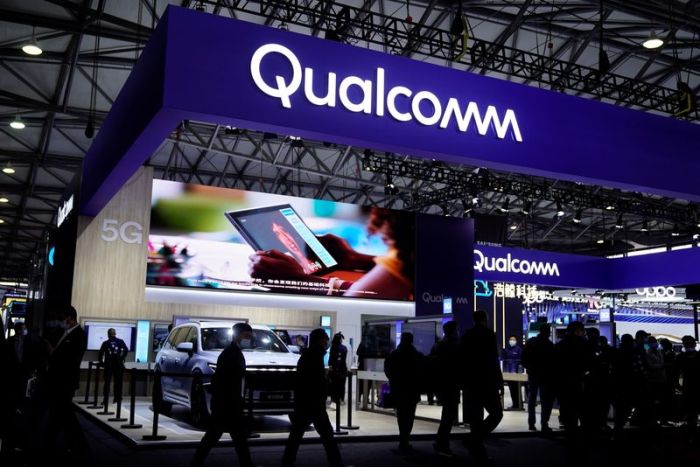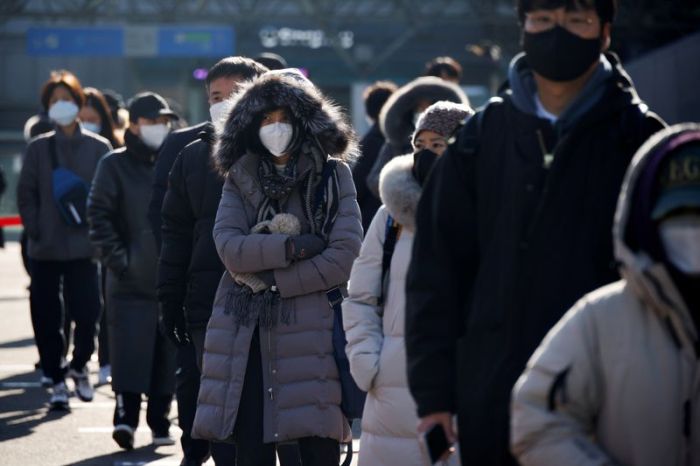WASHINGTON (Reuters) – U.S. producer prices increased strongly in February, leading to the largest annual gain in nearly 2-1/2 years, but considerable slack in the labor market could make it harder for businesses to pass on the higher costs to consumers.
That was supported by a survey on Friday showing an easing in consumers’ near-term inflation expectations early this month, even as their confidence in the economy rose to a one-year high.
Receding new COVID-19 cases, an acceleration in the pace of vaccinations and more pandemic relief money from the government are seen allowing wider economic re-engagement in the spring.
Inflation is expected to accelerate in the coming months and exceed the Federal Reserve’s 2% target, a flexible average, by April. Part of the anticipated spike would be the result of price declines early in the pandemic washing out of the calculations. Many economists, including Fed Chair Jerome Powell, do not expect the strength in inflation will persist beyond the so-called base effects.
“Beyond a rise in the metrics this year on base effects and a fuller reopening of the economy that will revive demand, price pressures are unlikely to keep accelerating, given an incomplete recovery in the labor market,” said Rubeela Farooqi, chief U.S. economist at High Frequency Economics in White Plains, New York.
The producer price index for final demand rose 0.5% last month, with the costs of energy products and food surging, the Labor Department said. That followed a 1.3% jump in January, which was the biggest advance since December 2009.
In the 12 months through February, the PPI accelerated 2.8%, the most since October 2018. The PPI increased 1.7% year-on-year in January. Last month’s rise in the PPI was in line with economists’ expectations. (Graphic: Inflation, https://graphics.reuters.com/USA-STOCKS/jznvngzdrpl/inflation.png)
Manufacturing and services industries have been flagging higher production costs as the year-long pandemic gums up the supply chain. Surveys this month showed measures of prices paid by manufacturers and services industries in February racing to levels last seen in 2008.
These inflation jitters have boosted U.S. Treasury yields.
The government has provided nearly $6 trillion in relief since the pandemic started in the United States in March 2020, with President Joe Biden on Thursday signing legislation for his $1.9 trillion package. At the same time, Fed is pumping in money through monthly bond purchases, raising fears in some quarters of the economy overheating.
But the worst recession since the Great Depression, which started in February 2020, has left at least 20.1 million Americans on unemployment benefits.
“Supply-chain issues are temporarily putting upward pressure on producer prices along with higher energy prices,” said Ryan Sweet, a senior economist at Moody’s Analytics in West Chester, Pennsylvania. “These pressures should begin to moderate. We expect growth in consumer prices to accelerate through the first half of this year, but this will be transitory.”
Consumers’ one-year inflation expectations moderated to 3.1% in mid-March from 3.3% in February, the University of Michigan said in a separate report on Friday. Its preliminary consumer sentiment index rose to 83.0, the highest since last March, from a final reading of 76.8 in February.
Stocks on Wall Street were mostly lower. The dollar gained versus a basket of currencies. U.S. Treasury yields rose. (Graphic: Consumer sentiment, https://graphics.reuters.com/USA-STOCKS/ygdpzgwrxvw/umich.png)
FOOD PRICES SOAR
A 6.0% jump in the cost of energy goods accounted for more than two-thirds of the broad-based rise in the PPI last month. Energy prices rose 5.1% in January. Wholesale food prices jumped 1.3%. Goods prices rose 1.4%.
Excluding the volatile food, energy and trade services components, producer prices climbed 0.2%. The so-called core PPI accelerated 1.2% in January. In the 12 months through February, the core PPI increased 2.2% after gaining 2.0% in January.
The Fed tracks the core personal consumption expenditures (PCE) price index for its inflation target. The U.S. central bank has signaled it would tolerate higher prices after inflation persistently undershot its target.
The core PCE price index is at 1.5%. The government reported this week that the core CPI barely rose in February after being unchanged for two straight months.
In February, wholesale core goods prices gained 0.3% after rising 0.8% in January, driven by the dollar’s weakness against the currencies of the United States’ main trade partners.
The cost of services edged up 0.1% last month after accelerating 1.3% in January, which was the biggest increase since December 2009. Healthcare costs dipped 0.1% after surging 1.2% in January. Portfolio fees dropped 1.1% after soaring 9.4% January. Those healthcare and portfolio management costs feed into the core PCE price index.
With the PPI and CPI data in hand, economists are estimating that the core PCE price index rose by as much as 0.18% in February. That would lift the annual increase in the core PCE price index to as high as 1.6%. The data is due to be released on March 26.
Healthcare and rents will determine the inflation path.
“If medical services strength combines with stronger rents later this year, as we expect, the two large components of services inflation would be supportive of the view that core PCE inflation is running more stably at or above 2%,” said Andrew Hollenhorst, an economist at Citigroup in New York.
(Reporting by Lucia Mutikani; Editing by Alex Richardson and Andrea Ricci)

